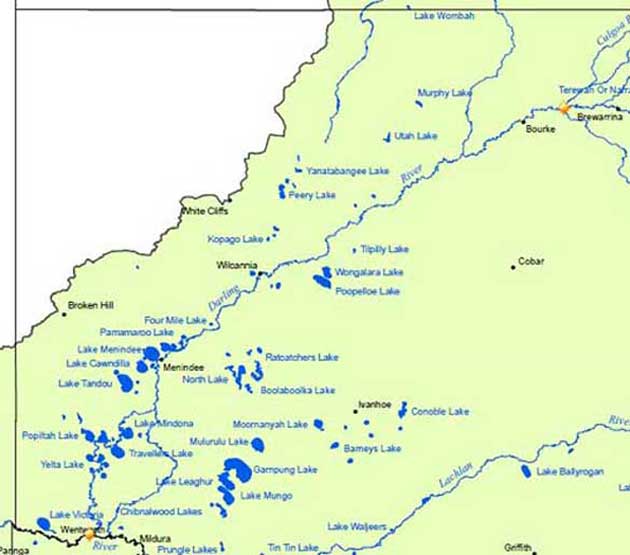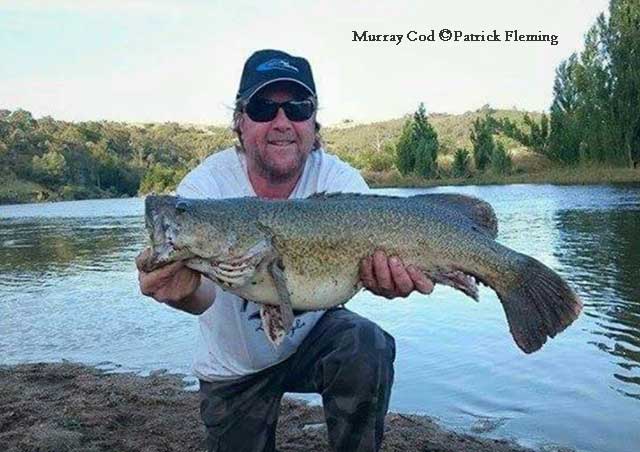My Darling (river)
A True National and International Treasure!!!

Totally unique from all other rivers


A Darling discovery
In 1829 explorers Charles Sturt and Hamilton Hume were the first Europeans to view and/or discover the darling river. It was named after the Governor of New South Wales, Sir Ralph Darling. On 4 November 1828 Sturt received approval from Governor Darling to explore the Macquarie River area. The courses of the Macquarie, Bogan and Castlereagh rivers had been followed into western New South Wales, where they discovered the Darling River
Third longest Australian river
Where is the darling?

Where does the water come from?
Tributaries
The Darling River drains Queensland’s Darling Downs via the Condamine-Balonne and Warrego rivers. This catchment is representative of a large Australian dryland river system. Key characteristics include its low gradient and large floodplain, climatic variability and arid to semi-arid conditions. The Darling receives flow from the Paroo, Warrego and Condamine-Balonne rivers in the north and west, and the Moonie, Border Rivers, Gwydir, Namoi and Macquarie-Castlereagh Rivers to the east.
Biodiversity and Vegetation (Darling Riverine Plains)
The Darling Riverine Plains bioregion occupies a total area of approximately 10,652,242 hectares in northern NSW and southern Queensland with 88% of the bioregion within NSW.
Landforms are typically channels, floodplains, and swamps of past and present river systems. The vegetation in these subregions is generally River Red gum (Eucalyptus camaldulensis) on channels and lake margins while lignum (Muehlenbeckia cunninghamii) occurs in swamps and open water. Mitchell grass (Astrebla spp.) with few trees occurs on clay plains. Coolabah woodland (E. intertexta), River Cooba (Acacia bivenosa), Western Bloodwood (Corymbia terminalis) and Mulga Leaf Ironbark (Eucalyptus sp.) may also occur in the headwater subregions while white cypress pine (Callitris columellaris) may be supported on some sandy soils.
Between Bourke and Wilcannia in the Louth Plains and Wilcannia Plains subregion the geology is dominated by the alluvial plains of the mid-Darling valley where shallow Quaternary alluvial sediments overlay bedrock. Landforms consist of channel and floodplain features with anabranch streams feeding valley margin lakes. There are also limited areas of dunes and sandplain. Soils are typically grey clays from channels to backplains with limited areas of higher red soils and patchy sands probably representing alluvial terraces. Coolabah, river red gum, river cooba and some black box (Eucalyptus la.giflorens) occur along the channels. Canegrass and lignum occur in depressions, with saltbush (Atriplex spp.), bluebush (Maireana spp.) and grasses on backplains. Poplar box (E. populnea), rosewood (Heterodendrum oleifolium) and some black box (Acacia melanoxylon) occur on red soils and valley margins.
Within the Lower Darling River the Menindee, Great Darling Anabranch and Pooncarie – Darling subregions are again dominated by Quaternary alluvial deposits. Complexes of river and lake sediments with associated aeolian landforms such as Channel and floodplain features, well developed anabranch streams and overflow lakes with lunettes and extensive sandplains and low dunes dominate these three subregions. Soils are typically grey clay and white sand in channels, lake beds and beaches. Brown clays occur on swamps, merging to red sands and some texture contrast soils on sandplains. Lunettes of white or pale yellow sand alternate with layers of pale brown pelleted clay. River red gum, river cooba and black box occur along the channels and lake margins. Canegrass and lignum are present in swamps and depressions. Saltbush, bluebush, turpentine (Acacia lysiphloia), prickly wattle (Acacia tetragonophylla), and grasses with belah (Casuarina pauper and C. cristata), and rosewood (Alectryon oleifolius), occur on red soils while bluebush and sandhill canegrass occur on lunettes.
Elevation
Darling river Fauna
Fish species

Animal species
Early European explorers were very impressed by the richness and diversity of native animals across the Darling catchment, even though they had difficulty capturing and keeping specimens.
It took until the 1950s to realize the total diversity of animals along the Darling. In total, 113 species have been recorded in the catchment, 101 of these are native.
Marsupials are the dominant group with 50 species, but native rodents and bats are strongly represented. Only one species, the rare Pilliga Mouse, is restricted to the Darling catchment and is confined to a small area near the catchment’s eastern boundary (the Pilliga scrub).
The most common native animals include kangaroos, bandicoots, koalas, wallabies, betongs,dunnarts, bilbys and possums. It also includes 19 species of native rodents, and 25 species of bats, flying foxes and dingos. The dingo is the only native carnivore occurring along the Darling.
At least 25 of the original 101 species of native animals have disappeared; eight are extinct. Most of these were small mammals susceptible to degradation of habitat and the introduced animals.

Explorers
In 1828 the explorer Charles Sturt and Hamilton Hume were sent by the Governor of New South Wales, Sir Ralph Darling, to investigate the course of the Macquarie River. He discovered the Bogan River and then, early in 1829, the upper Darling, which he named after the Governor.
In 1835, Major Thomas Mitchell travelled a 483 km portion of the Darling River. Although his party never reached the junction with the Murray River he correctly assumed the rivers joined.
In 1856, the Blandowski Expedition set off for the junction of the Darling and Murray Rivers to discover and collect fish species for the National Museum. The expedition was a success with 17,400 specimens arriving in Adelaide the next year.
Indigenous Australians
Testimonials
